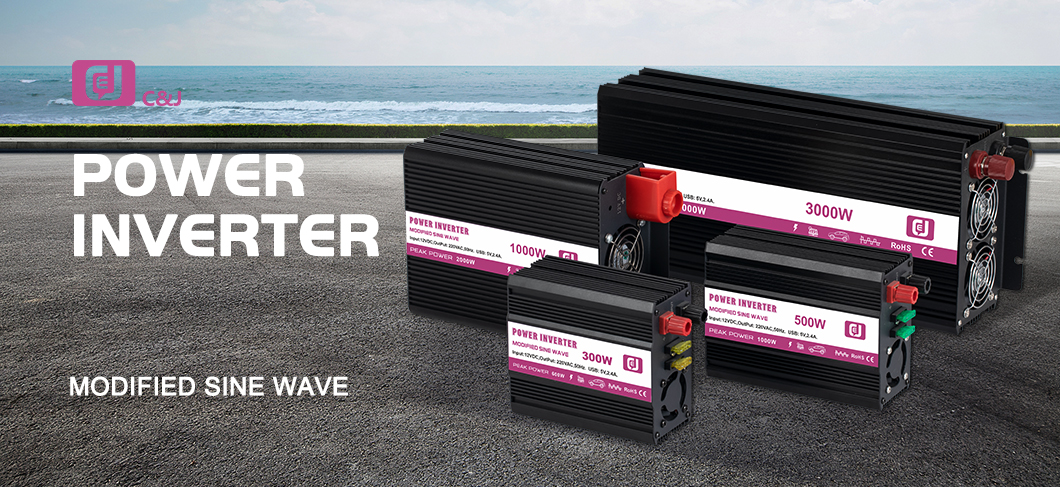Modified sine wave inverters are critical components in many power systems, providing reliable AC power for a variety of applications. This article will explore the concept of modified sine wave inverters, their advantages and how they can be modified to improve their performance.
A modified sine wave inverter is a power inverter that converts DC power from a battery or other power source into AC power. Unlike a pure sine wave inverter which produces a smooth and consistent waveform similar to the mains supply, a modified sine wave inverter produces a waveform that is a stepped approximation of a sine wave. While this waveform is not as clean as a pure sine wave, it is still suitable for powering the most common electrical devices and appliances.
One of the main advantages of modified sine wave inverters is their cost-effectiveness. They are generally cheaper than pure sine wave inverters, making them a popular choice for off-grid and backup power systems. Additionally, modified sine wave inverters are capable of powering a variety of devices, including resistive loads such as incandescent lamps and heating elements, as well as many types of electronic equipment.
However, there are some limitations to the performance of modified sine wave inverters. Some sensitive electronic equipment, such as certain types of audio equipment, may not function properly when powered by a modified sine wave inverter. Additionally, motors and other inductive loads may operate less efficiently and produce more noise when powered by a modified sine wave.
To address these limitations and improve the performance of the modified sine wave inverter, several modifications can be made. A common modification is to add filters to smooth the waveform and reduce harmonic distortion. This helps bring the inverter’s output closer to a pure sine wave, improving its compatibility with sensitive electronic equipment.
Another improvement to the modified sine wave inverter is the addition of voltage regulation circuitry. This helps stabilize the inverter’s output voltage, ensuring it remains within tight tolerances even under varying load conditions. This is especially important for powering sensitive electronic equipment that requires a stable power supply.
In addition to these modifications, there are several advanced techniques that can be used to improve the performance of modified sine wave inverters. For example, digital signal processing can be employed to generate more accurate and consistent waveforms, reduce harmonic distortion and improve the inverter’s compatibility with a wider range of devices.
Overall, the modified sine wave inverter is a versatile and cost-effective solution for providing AC power in off-grid and backup power systems. While it may have some limitations in terms of compatibility with certain types of devices, various modifications can be made to improve its performance and expand its range of applications. By implementing these modifications, the performance and versatility of the improved sine wave inverter can be enhanced, making it a more valuable asset in the power system.
Post time: Aug-05-2024


